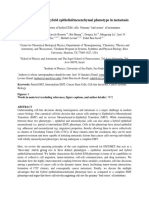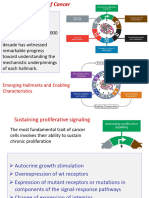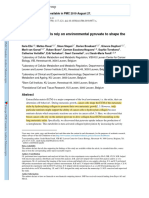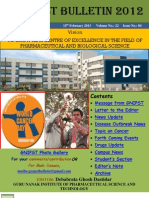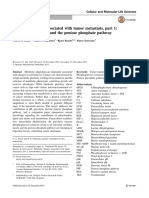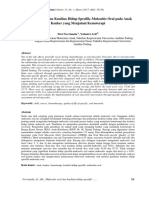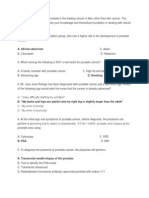0% found this document useful (0 votes)
38 views2 pages2018 Diff
The document discusses a study that showed cancer cells undergoing epithelial-to-mesenchymal transition (EMT) can be induced to instead differentiate into adipocytes, preventing metastasis formation. The study used a cocktail of rosiglitazone and BMP2 to induce adipogenesis in murine breast cancer cells. This diversion of cancer cells into a non-metastatic fate through forced differentiation may have potential as a therapeutic approach to reduce tumor burden.
Uploaded by
vasavada.mahinCopyright
© © All Rights Reserved
We take content rights seriously. If you suspect this is your content, claim it here.
Available Formats
Download as PDF, TXT or read online on Scribd
0% found this document useful (0 votes)
38 views2 pages2018 Diff
The document discusses a study that showed cancer cells undergoing epithelial-to-mesenchymal transition (EMT) can be induced to instead differentiate into adipocytes, preventing metastasis formation. The study used a cocktail of rosiglitazone and BMP2 to induce adipogenesis in murine breast cancer cells. This diversion of cancer cells into a non-metastatic fate through forced differentiation may have potential as a therapeutic approach to reduce tumor burden.
Uploaded by
vasavada.mahinCopyright
© © All Rights Reserved
We take content rights seriously. If you suspect this is your content, claim it here.
Available Formats
Download as PDF, TXT or read online on Scribd
/ 2





